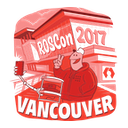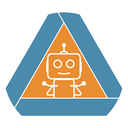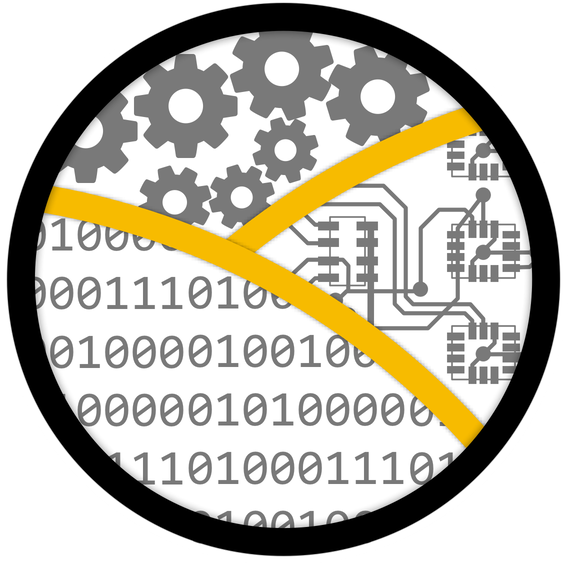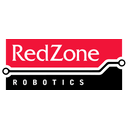Recent Talks


-
Imager and Lens Market Analysis at the 2021 Embedded Vision Summit (video not public yet).
-
The 2D CMOS Imager selection at the 2019 Embedded Vision Summit.
-
The testing and selection of 3D sensors at the 2017 Embedded Vision Summit and at the 2017 ROSCON.
-
Artificial Intelligence, Autonomous Robots, Liability, and Tort at the 2016 Practicing Law Institute Get Fluent in Technology Event.
Professional Experience
| I founded Capable Robot Components to enable rapid development of autonomous robots by providing technological building blocks to system integrators. Right now, integrators have to develop things they would rather purchase because the right robot-first products don’t currently exist. CRC provides proven products which are domain-agnostic, but configurable and adaptable to the integrator’s market needs. This allows autonomous system developers to spend more time and effort on domain-specific engineering and testing. |
| I was on the Steering Committee of the Pittsburgh Robotics Network. The best way to follow Pittsburgh robotics news is to follow the Twitter account @robopgh. The website now lists the more than 50 companies and organizations which make up RoboPGH. |
Senior Robotics Engineer | At Carnegie Robotics, I led the development of many of Carnegie Robotics' products and systems including the MultiSense stereo camera, monocular cameras, purpose-built manipulators and off-road UGVs. I truly enjoyed conceptualizing and bringing to fruition new ideas in robotics applications. I guided many of Carnegie Robotics' industry partnerships, including our partnership with Swift Navigation to develop Duro and with Nilfisk on the Horizon Program. I also developed customized versions of the MultiSense and downstream software for particularly demanding and high volume markets. Several US patents covering new technology I developed at Carnegie Robotics are pending. As CTO, I was responsible for company-wide intellectual property portfolio development. |
| At Bossa Nova, I was the first engineer who worked to commercialize the Ballbot. This novel platform was initially developed at Carnegie Mellon University and is dynamically-stable. It is able to move instantaneously in any direction and can recover from externally applied disturbances. After my departure, Bossa Nova continued to develop and refine the prototype I developed and announced mObi in 2012. The platform and technology have gone through additional interactions and have morphed into shelf-scanning robots being tested in Walmarts across the country. |
| After Solo was mature from an engineering perspective, I moved from being its' Principal Engineer to Product Manager. In this role my focus expanded from the physical robot to the ecosystem around it. This included supporting sales and marketing efforts, training of our field technicians & trainers, creating procedures for shop repair personnel, securing intellectual property via patents, meeting with customers, and working to integrate our deliverables to their existing systems. Additionally, as Product Manager I designed and programmed an in-house work flow software system to manage and track data collected by fielded robots. The software took control of data upon arrival at RedZone, through PACP coding, through QA/QC, through engineering metric calculations, all the way to packaging and shipment to customers. The software reported metrics to engineering on robot failures, competition rates, data quality, and pipe conditions; and to reporting managers on queue sizes, job status, data quality, and data coding rates. The software was written in Ruby on Rails and included a Ruby Job Scheduler and out-of-band Ruby & C data analytic tools. Three US patents have been issued covering my work at RedZone. |
| RedZone Robotics simplifies wastewater management by providing robotic inspection technologies and sophisticated data-analysis software. While in a Mechanical Engineer role at RedZone I worked on both a large pipe inspection platform named Responder and led technical development of a revolutionary new autonomous small pipe inspection robot named Solo. Solo is the waste water industry’s only autonomous inspection platform and can inspection 8" through 12" pipe (80% of systems) at a rate 3x to 5x conventional human-operated equipment. I was the principal engineer on Solo. In that role I coordinated a team of mechanical, electrical, embedded software engineers, and technician on the successful design, development, fabrication, and testing of all iterations of the robot. In addition, I was the lead mechanical engineer on the product — designing the tractor sled of Solo which houses an integrated tether storage reel with level-wind system, high-force emergency extraction winch, two drive modules which powered the two coverage tracks, integrated batteries, and motor drive electronics. Lastly, I was the main point of contact with our manufacturing partner. In this role I was responsible for timely and accurate production drawing releases, ensured complete and accurate Bills of Materials, led testing and assembly procedure releases, performed on-site training and initial assembly checks, and responded to all technical issues which arose during the initial production build. |




